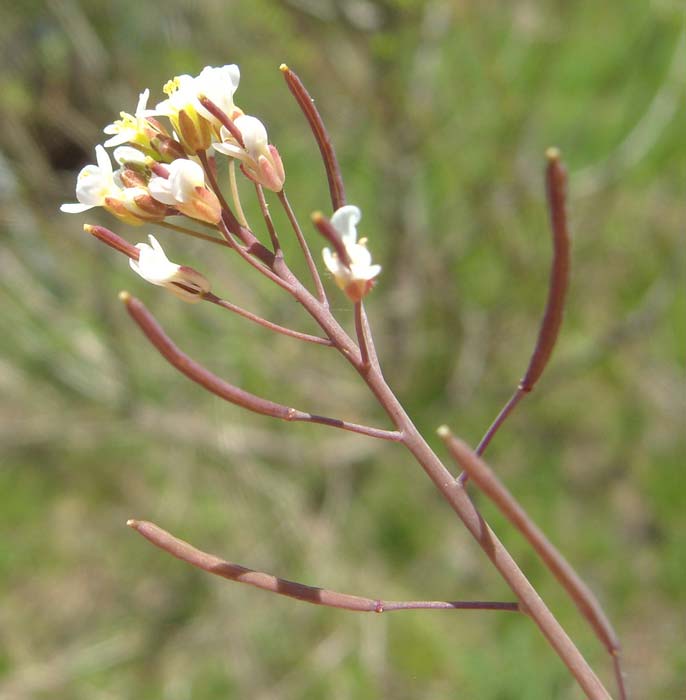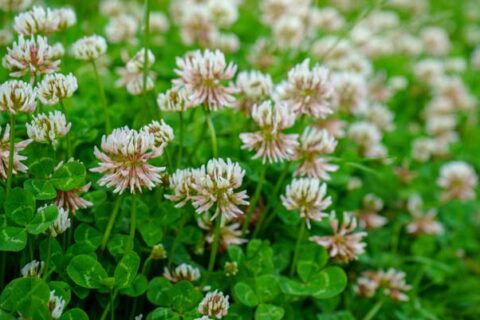How to control dandelions and bittercress this spring

Late winter and early spring signal the growth of your lawn, as well as a lot of undesirable weeds. Part of maintaining a beautiful lawn is, of course, managing those weeds throughout the year.
Most weeds can simply be maintained with a broad-spectrum herbicide that is properly applied at the right intervals. But simply spraying weeds isn’t enough. The focus should always be on growing a thick, healthy lawn. And while you’ll never eliminate every weed forever, the thicker the lawn is, the fewer weeds will appear.
Nonetheless, there are some weeds that pop up every spring that people typically ask me about, and I thought this would be a good platform to address a couple of those. Here are two very common spring weeds: Dandelions and hairy bittercress.

Dandelions
These are a major problem in home lawns and commercial sites, as well as pastures…and basically anywhere else it can find a spot to grow. Dandelions are a perennial plant that flowers in the spring, goes to seed, grows new plants, and then overwinters until the following spring. They grow best in areas that have a lot of suns; although they can survive areas with some shade. Keep in mind: A single dandelion plant can actually produce many more dandelions on your lawn.
While many people pick dandelions to eradicate them from their lawn, this actually doesn’t work as well as you might think unless the root system is completely removed. Dandelions have a very deep taproot, which can produce new plants if only the top of the weed was removed.
Seeds, as we all know, can go airborne and actually float several miles before they find the perfect landing spot to grow. And individual plants can live for 5-10 years!
Another way to manage dandelions is through consistent applications of a broadleaf herbicide in the spring, as well as the fall when the plant is storing its energy for the long winter ahead. Keep in mind it can take several years to get dandelion populations under control.

Hairy Bittercress
Less noticeable than dandelions, but still a nuisance weed that can spread quickly, Hairy Bittercress is a winter annual. This means its seeds germinate in the fall as early as September. Similar to Dandelions, Bittercress forms a low growing rosette (or a cluster of leaves at the base). These leaves will overwinter, and the following spring stalks of small, white flowers and reddish seed pots are known as siliques emerge. You can easily recognize them in your lawn due to their reddish color.
Hairy Bittercress can be difficult to control because seeds can fly as far as 16 feet from the mother plan when disturbed. These seeds then sit in the soil until they’re ready to emerge the following spring.
The best way to manage Bittercress is by removing it by hand or killing it with a broad spectrum herbicide before it begins to seed. This can help manage an infestation right away. Another way to treat Bittercress is by applying a broad-spectrum herbicide, which is what GreenAce Lawn Care applies.
Weed Control Takes a Year-Round Effort
Unfortunately, there is no pre-emergent broad-spectrum herbicide that we can apply that will prevent many commons weeds from emerging. The best, and safest management practice, is to focus on growing a thick, healthy lawn and spot spraying weeds when they emerge. As I mentioned above, pulling some weeds, such as Hairy Bittercress can work, but that can be back-breaking work!
We service parts of Norfolk and Bristol County, Massachusetts. Towns include Foxborough, Mansfield, Wrentham, Walpole, Plainville, Franklin, Stoughton, Sharon, Canton, North Attleborough, Atteleboro, Norfolk, Easton, Norton and Norwood. Learn more about each of the services we provide.
Your trusted lawn care provider and lawn pest exterminator
We Service Areas of Norfolk and Bristol County, Massachusetts Including, Foxborough, Mansfield, Wrentham, Walpole, Plainville, Franklin, Norfolk, Sharon, North Attleborough, and Parts of Attleboro, Stoughton, Canton, Norwood, Norton and Medfield. Learn more about our Complete Lawn Care program.


